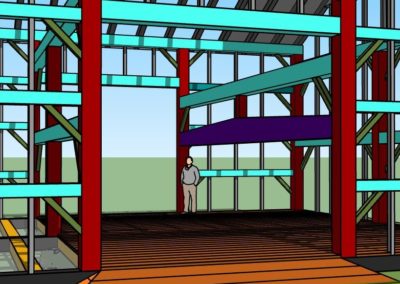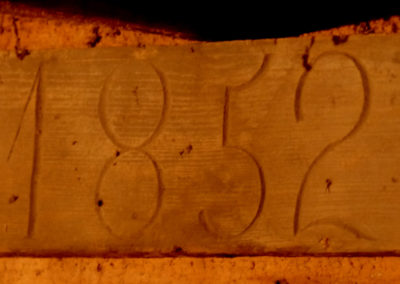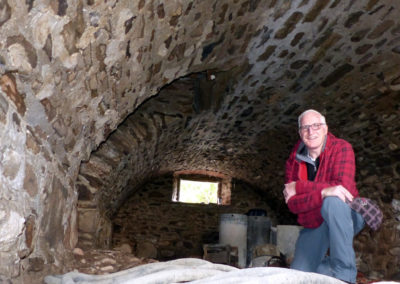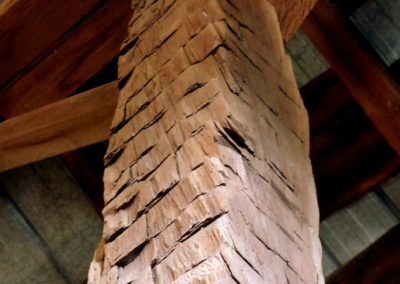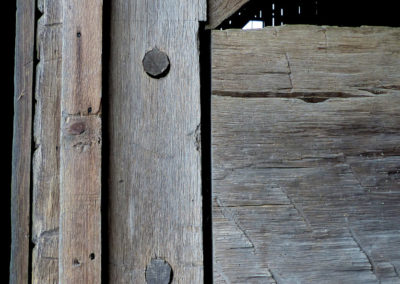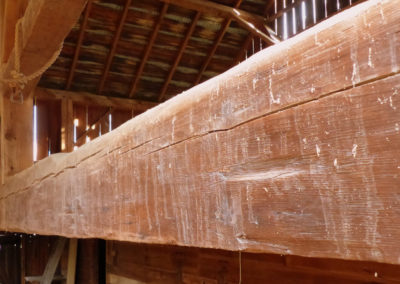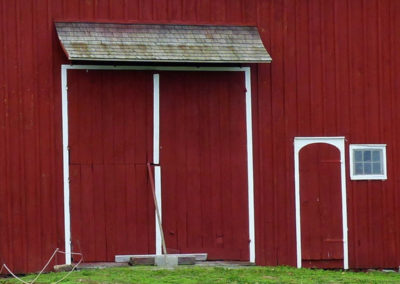If you love OLD barns, you’ll love my book!
Swing beam barns were built for growing, threshing and storing wheat, the big crop of the day in 1800s Upper Canada (1791-1841), then Canada West (1841-1867), then Ontario (1867+). If you’d like to learn more about my book, how to buy a copy, to ask me to speak to your group about it, or perhaps about the SECOND barn book I plan to publish in 2022, please send me a message through my CONTACT form. Thanks so much for your interest! Here’s what people have told me about my book:
- ‘It is excellent in every way…the kind of book where you’ll want to look at every page. Very nice photos and diagrams. This is an important piece of work to document Ontario barns. Congratulations!’ (GD)
- ‘I am very impressed by the work and research you have put into it. Wonderful! Worth every $$ I paid for it. Well done.’ (TD)
- ‘Hi, Hugh, I wanted to say how much I enjoyed your book. I call it investigative barn reporting. I have recommended it to some of our customers. I bet you get the question, ‘So when’s the next book?’ (JR)
ABOUT THE BOOK
When the oldest barn in my book was built ca. 1819, there were only about 106,000 people living in what was then called Upper Canada, now called Ontario. This is less than 1% of today’s Ontario population. This is about as many people as now live in Brantford, Ontario! At that time, no one could have imagined that 100 years later in 1919, the world was just coming out of a pandemic called the Spanish Flu, or that 200 years later in 2019, the world would be just entering another pandemic called COVID-19. It hasn’t be easy promoting, showing, presenting, or ultimately selling my book, which was launched in late November 2019 just before the world went into lockdown, especially since I self-published and my book is only available directly through me on my driveway in St. Catharines, Ontario, or through the mail. However, I can honestly say that my sales have exceeded my expectations, despite the obstacles, and I may need to get more books printed!
People really love my book, with its mix of hundreds of photos and schematics and technical details explained in plain language for any audience. People especially like my imagined stories, based on real-life events, about what barn owners experienced during the 1800s.
The swing beam was a huge, horizontal beam crossing the width of a barn, about 7 feet above the threshing bay floor. It was only supported at each end at the barn’s side walls, so it was completely wide open underneath to provide a large, clear-span work area. The swing beam was almost always the deepest and thickest beam in the barn, although perhaps not the longest. Swing beams in barns built up to about the time Upper Canada became Canada West in 1841, were huge, constructed with the mammoth trees (mostly white pine) that covered Upper Canada in the early 1800s. They were usually tapered so they were deepest in mid-span where the stresses on the beam were greatest. Swing beams in barns built after this period were usually much smaller in size and uniform in depth throughout their lengths, mostly because there were no more of the giant trees available. From my research, it appears that about 5% of barns actually had two swing beams.
No, swing beams did not ‘swing’, but my book describes a few of the reasons why this term is used! Swing beams were unique to North America, with the building technology being brought from New Jersey, New York and Pennsylvania by the United Empire Loyalists as they escaped from the United States after the Revolutionary War of the late 1770s and the War of 1812.
On the front, inside dust cover of the book:
‘This barn book is different from others. Hugh Fraser creates a unique glimpse into our rural past through the stories of 50 swing beam barns still standing today. He writes using “a teaspoon of history sprinkled with a pinch of a tale” to recreate the era when the barns were constructed.
Charming and imaginative fictional vignettes introduce each barn profile. The vignettes reflect events at the time these magnificent old barns were built. Characters witness history as it unfolds: at the world’s first ice hockey game, or as ships pass through the first Welland Canal. The vignettes also reflect broader social themes such as the impact of cutting down vast forests and recollections of past wars.
Each barn profile closes with a section titled, “So, What Really Happened?” Here Fraser’s research into history, Land Registry records and family records & genealogies complete the barn’s story for the reader.
Individual barn profiles contain architectural details and structural diagrams, and unique features are shown in Fraser’s photographs, drawings and 3D views throughout the book.
More general topics include: what is a swing beam? structural components of swing beam barns; challenges of dating barns; design changes through early, mid and late eras of swing beam barn construction; Niagara before settlers built swing beam barns and the history of the Ontario wheat industry.
This book will appeal to a wide range of readers. Whether you choose to browse through the book, or are a barn enthusiast or history buff engaged completely from beginning to end, the history of these barns will enchant.’
Here’s a little about the author, Hugh Fraser:
‘Hugh Fraser’s love of old-fashioned farm ways started when he grew up on not one, but two Quebec dairy farms—his Fraser family farm until age 11, then his adopted Bulow family farm. Hugh says there is nothing like growing up on a dairy farm to prepare you for life’s journey ahead.
As a teen, Hugh spent part of each summer helping at his grandparents’ farm. They still used real horse-power to bring in the hay for their dairy cattle. Hugh could drive a team of work horses before driving a car!
Hugh’s career as an agricultural engineer for the Ontario government and later as a consultant gave him the opportunity to visit thousands of farms, many with old barns. He can recall the layout and unique features of each barn. He is also adept at explaining technical things in a fun way to non-technical audiences.
The owner of the consulting firm OTB Farm Solutions, he specializes in issues facing farmers within the urban shadow.
Hugh and Judith live in St. Catharines, Ontario and have three married children and four wonderful grandchildren.’

If you’d like to learn more about my book, purchase a copy, or have me speak to your group about the book, please send me a message through my CONTACT form. Thanks so much for your interest!


